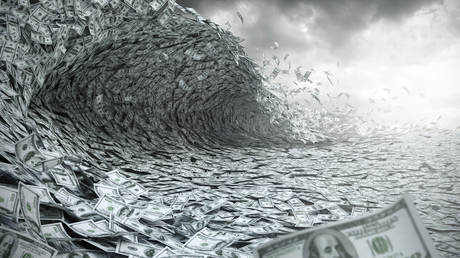The global trade regulator has issued a decision on China’s tariff countermeasures against the United States
The World Trade Organization (WTO) allowed China this week to retaliate with duties on $645 million worth of US imports per year over Washington’s failure to comply with international trade rules. The case is part of a decade-old trade dispute over US anti-subsidy duties on Chinese goods.
The dispute dates back to 2012, when Beijing applied to the WTO to challenge countervailing duties that Washington introduced between 2008 and 2012 on 22 Chinese products, including paper, solar panels, and steel wire. Beijing had initially asked the trade body to award it the right to impose tariffs on $2.4 billion of US goods but later scaled that back to $788.75 million.
“China urges the US to stop looking for excuses and immediately take action to correct its wrongdoings in trade remedy investigations against China,” Gao Feng, the spokesman for China’s Ministry of Commerce, said on Thursday, as quoted by the South China Morning Post.
READ MORE: US, China step up race for rare-earth dominance
The WTO ruling marks the second time that China has been authorized to fight back against US anti-dumping duties. In November 2019, a WTO arbitrator allowed Beijing to slap duties on up to $3.58 billion worth of US imports. In that separate case, the trade body also found fault in the way Washington determined whether Chinese products are being dumped on the US market.
The US has tariffs on more than $300 billion of Chinese goods imposed by former US President Donald Trump, most of which are still in place.
For more stories on economy & finance visit RT’s business section


